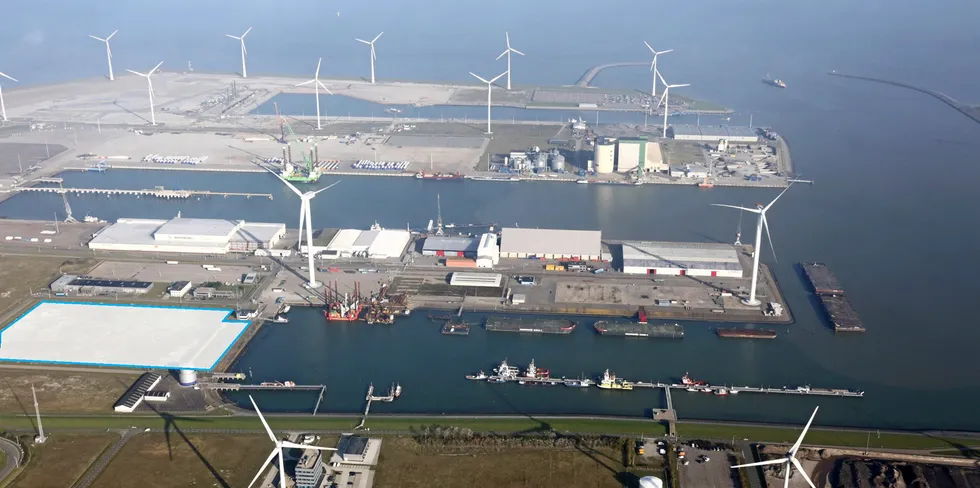Equinor joins 10GW Shell-led offshore-wind-to-green-hydrogen project — here’s why
NortH2 will bring the kinds of economies of scale that will be needed to make green hydrogen cost-competitive with polluting grey H2, senior Equinor executives tell Leigh Collins
